Winter break. ❄️ The booking office will answer your requests during office hours.
Nachrichten
-

A look back at the 13th European championship for Prehistoric Weapons at the archeoParc in Val Senales valley
-

Visitor’s book August 2025
-
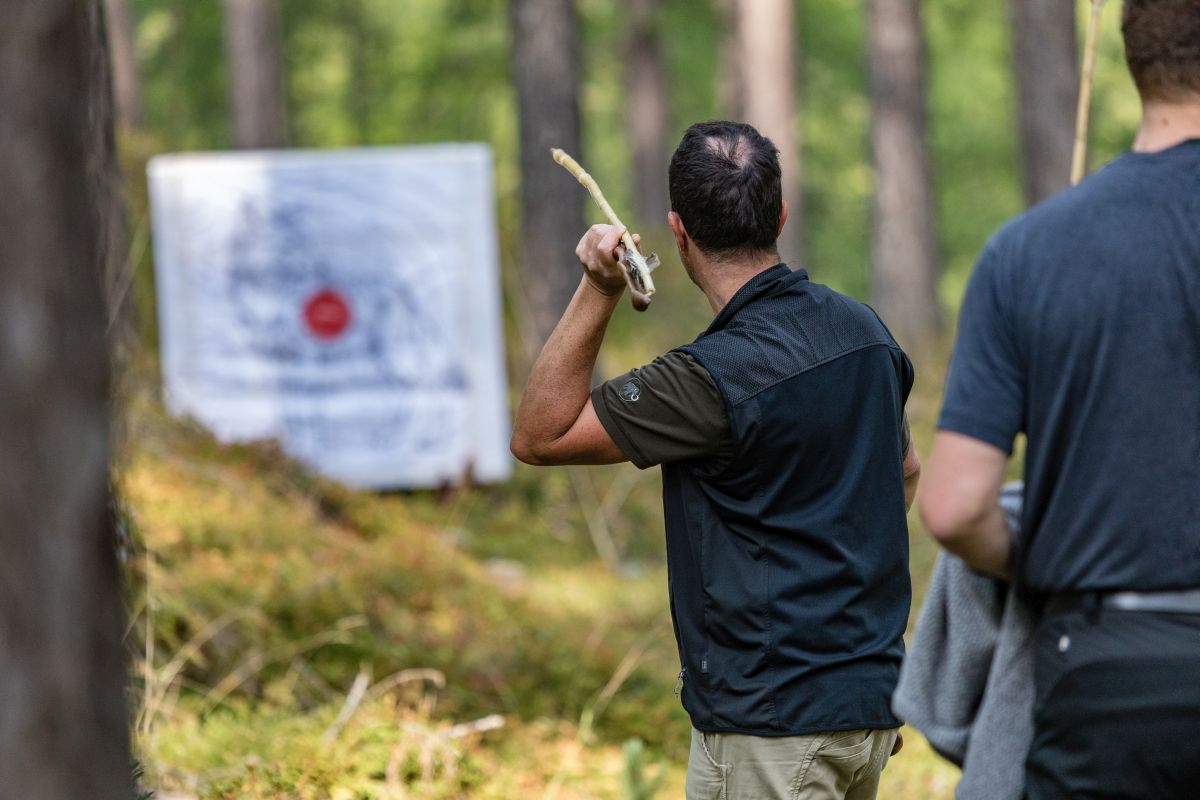
European Championship for Prehistoric Weapons 2025
-
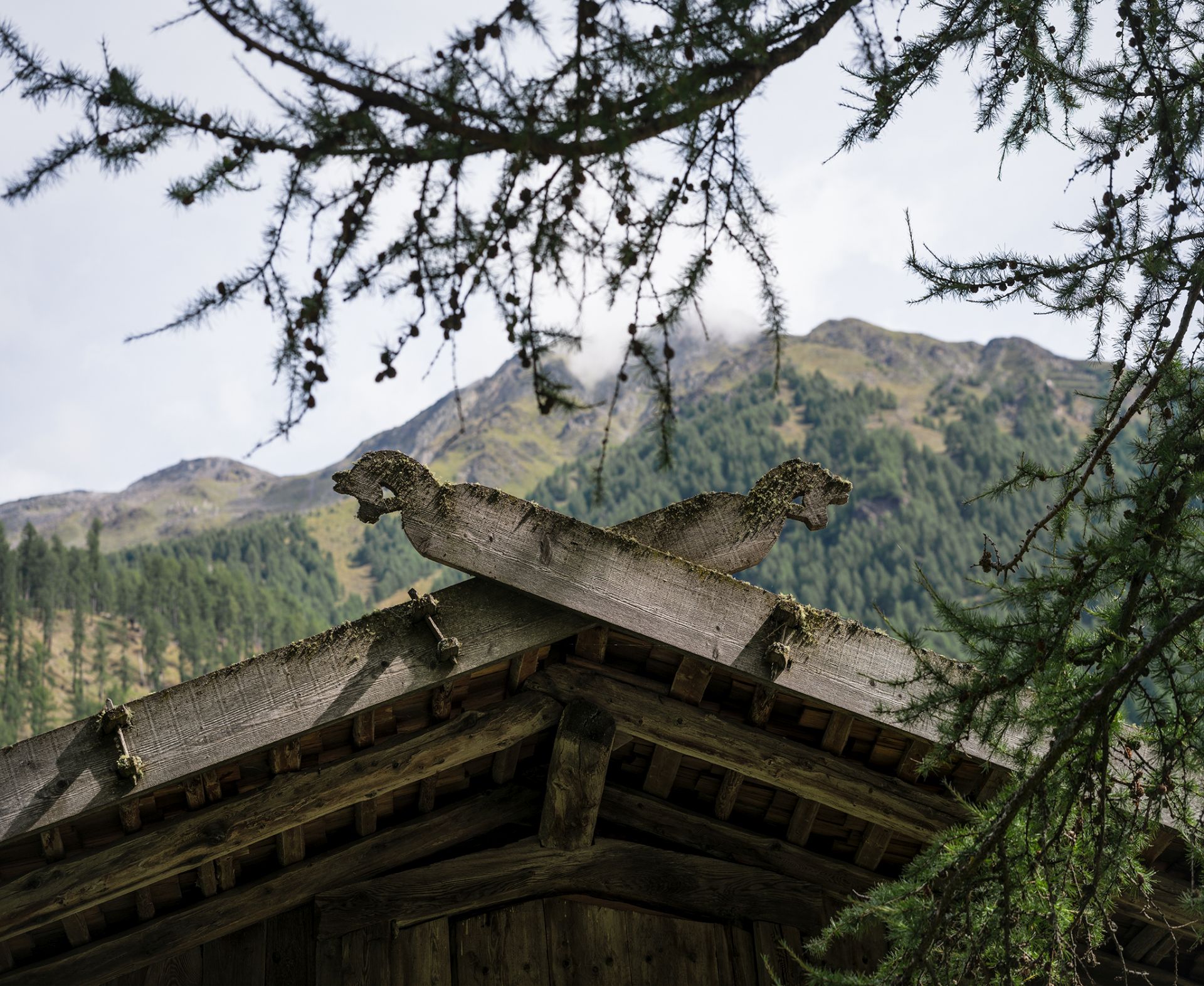
Save the date: Campus Transhumanza event on 6 September
-
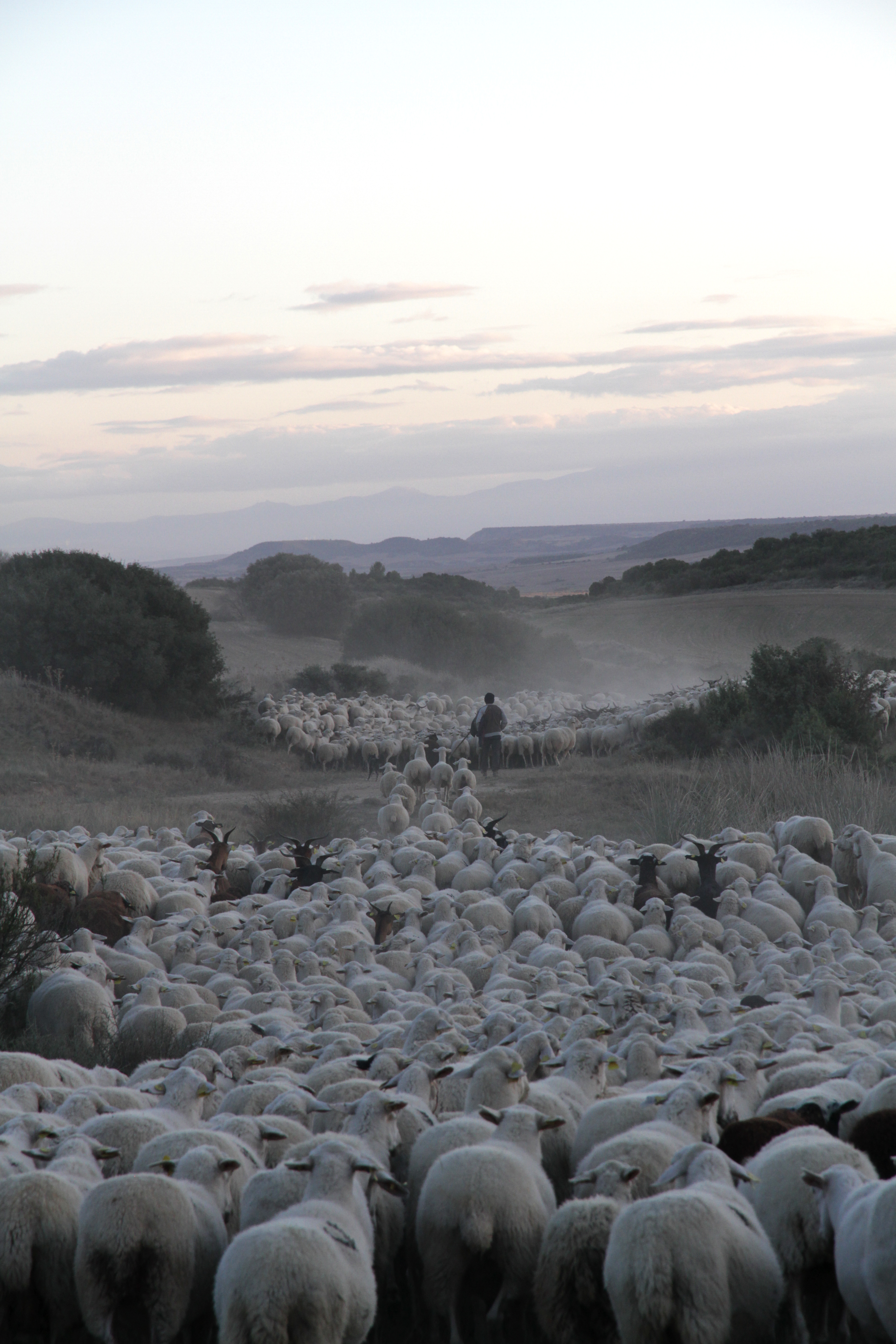
Media information “Paths of Grass and Rock” at Campus Transhumanza
-

Save the date: Opening Campus Transhumaza on 22 June
-
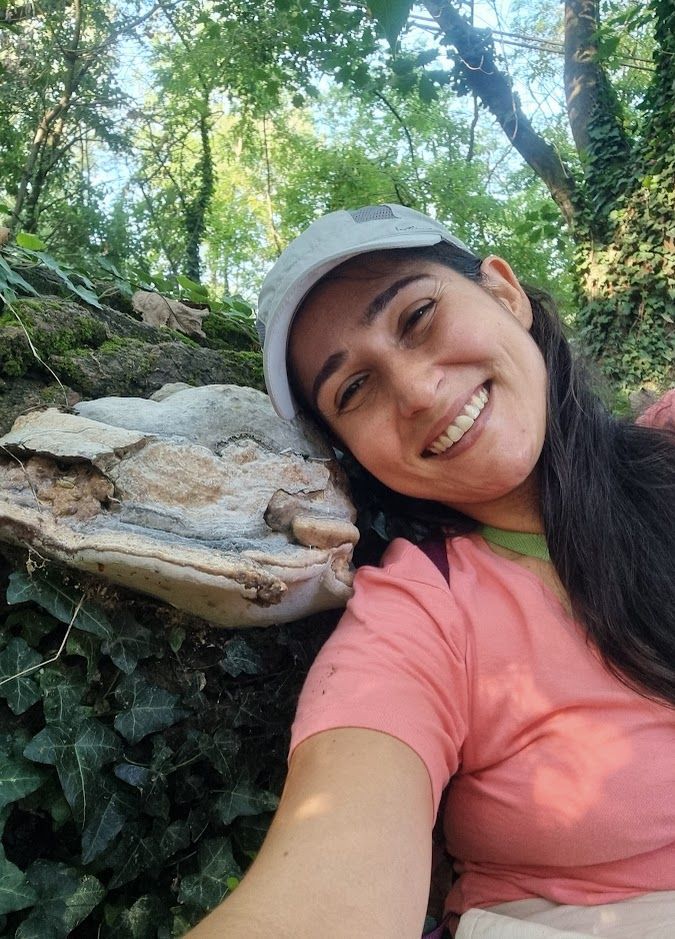
Threads of Ötzi: Exploring the Fungi in Ötzi’s habitat
-
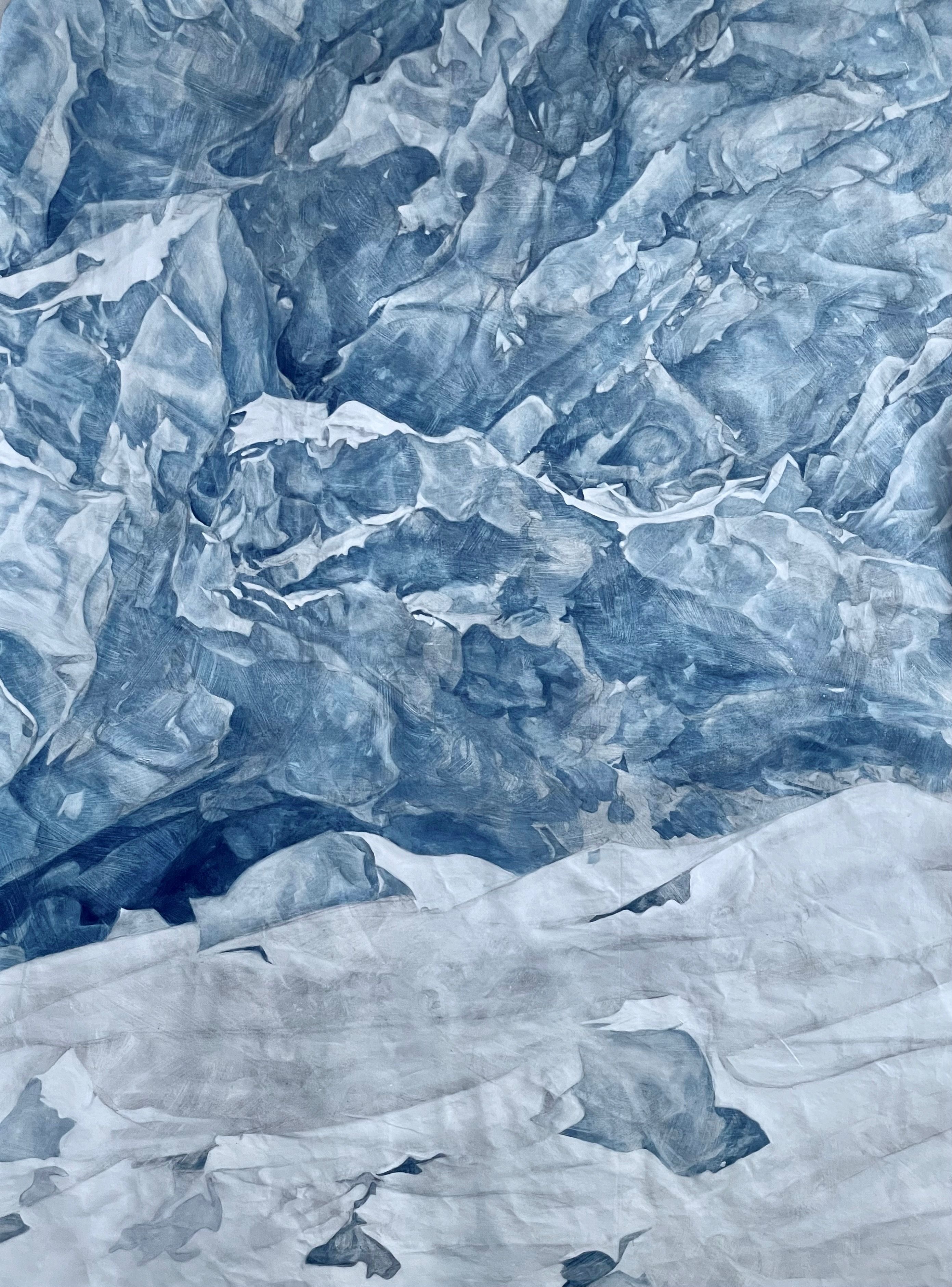
Exhibition ‘Glaciers and Me’
-

Science Education Day-children’s interviews with scientists
-
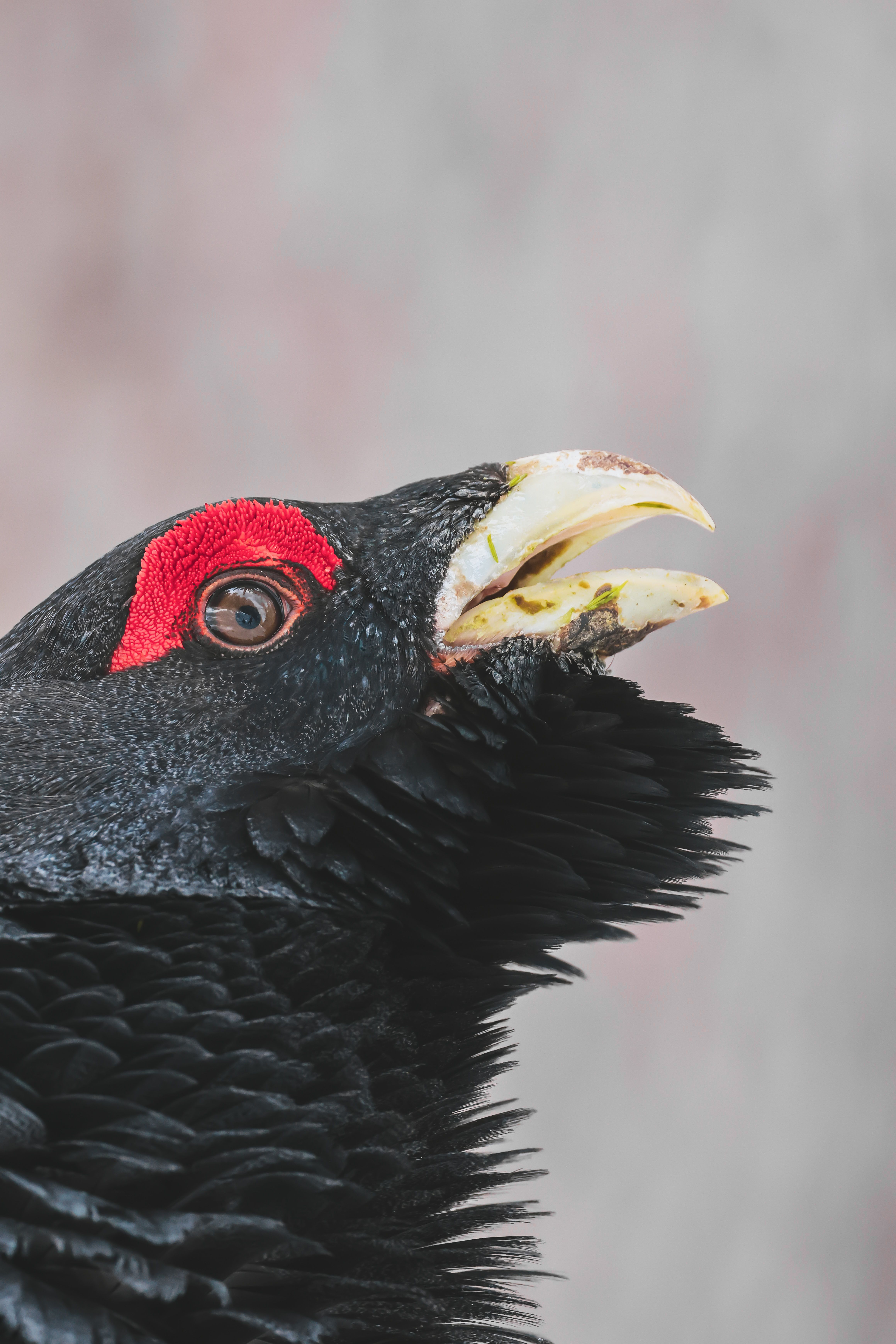
Photo exhibition by Simone Santer at the archeoParc
-
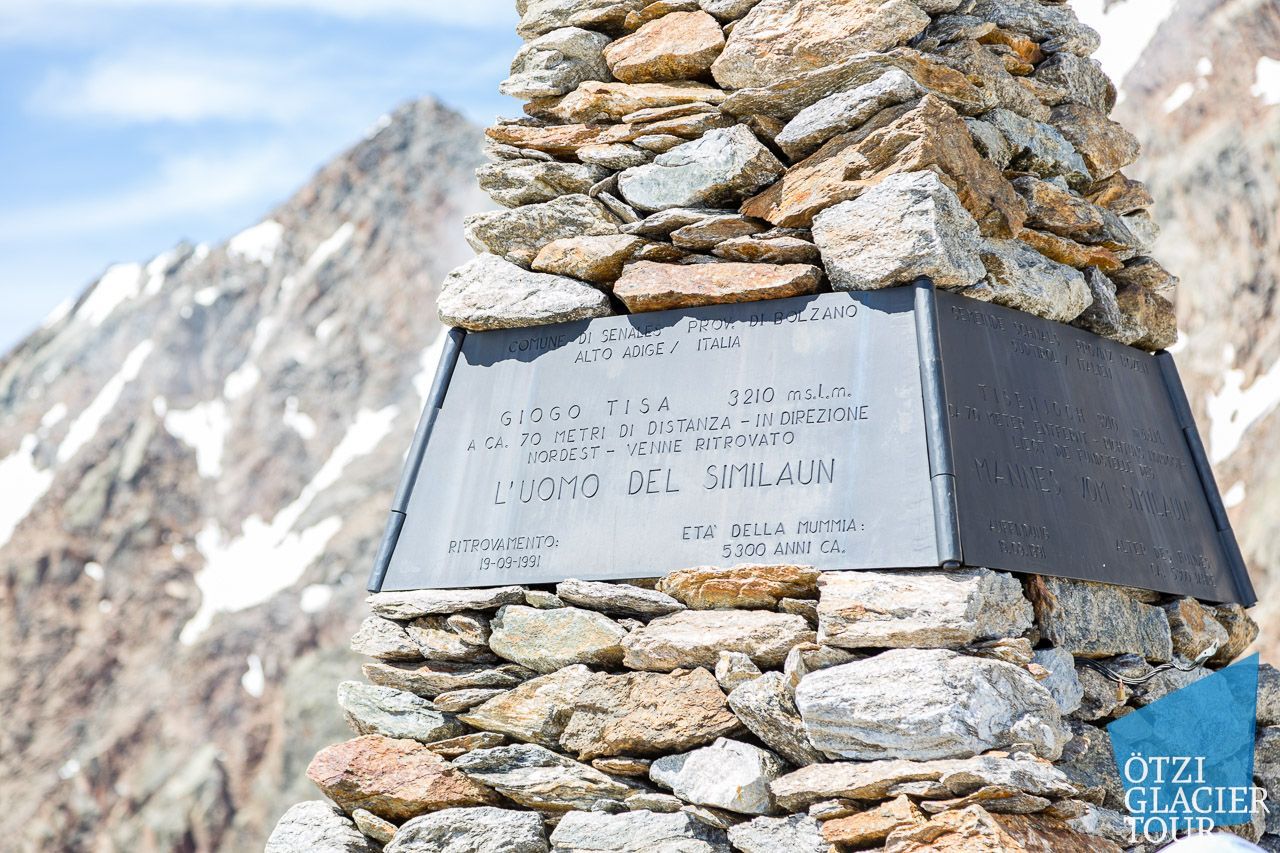
With the splitboard to Ötzi’s discovery site
-
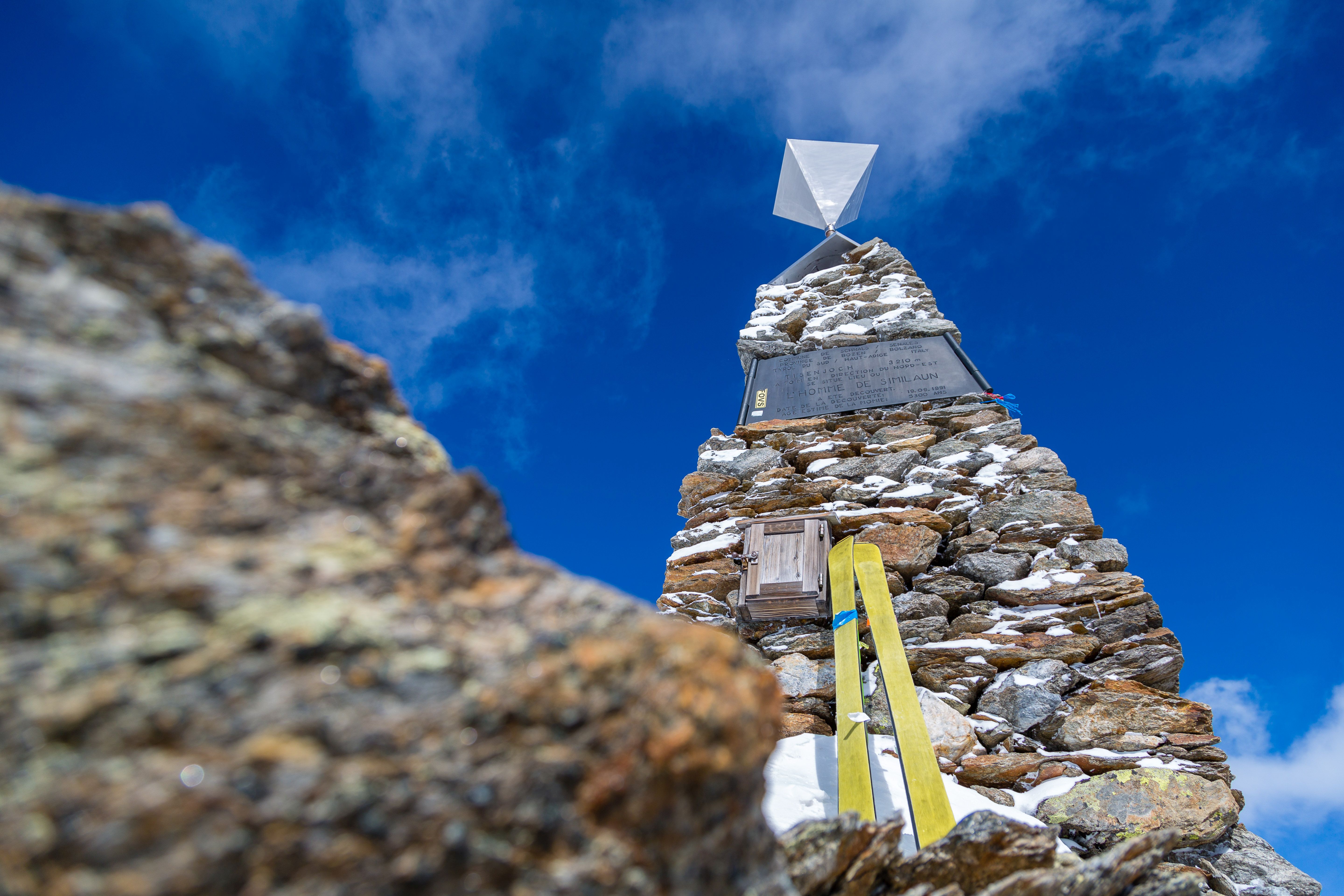
To the Ötzi discovery site in winter
-

Call for Papers European Association of Archaeologists Conference in Belgrade (SR)
-
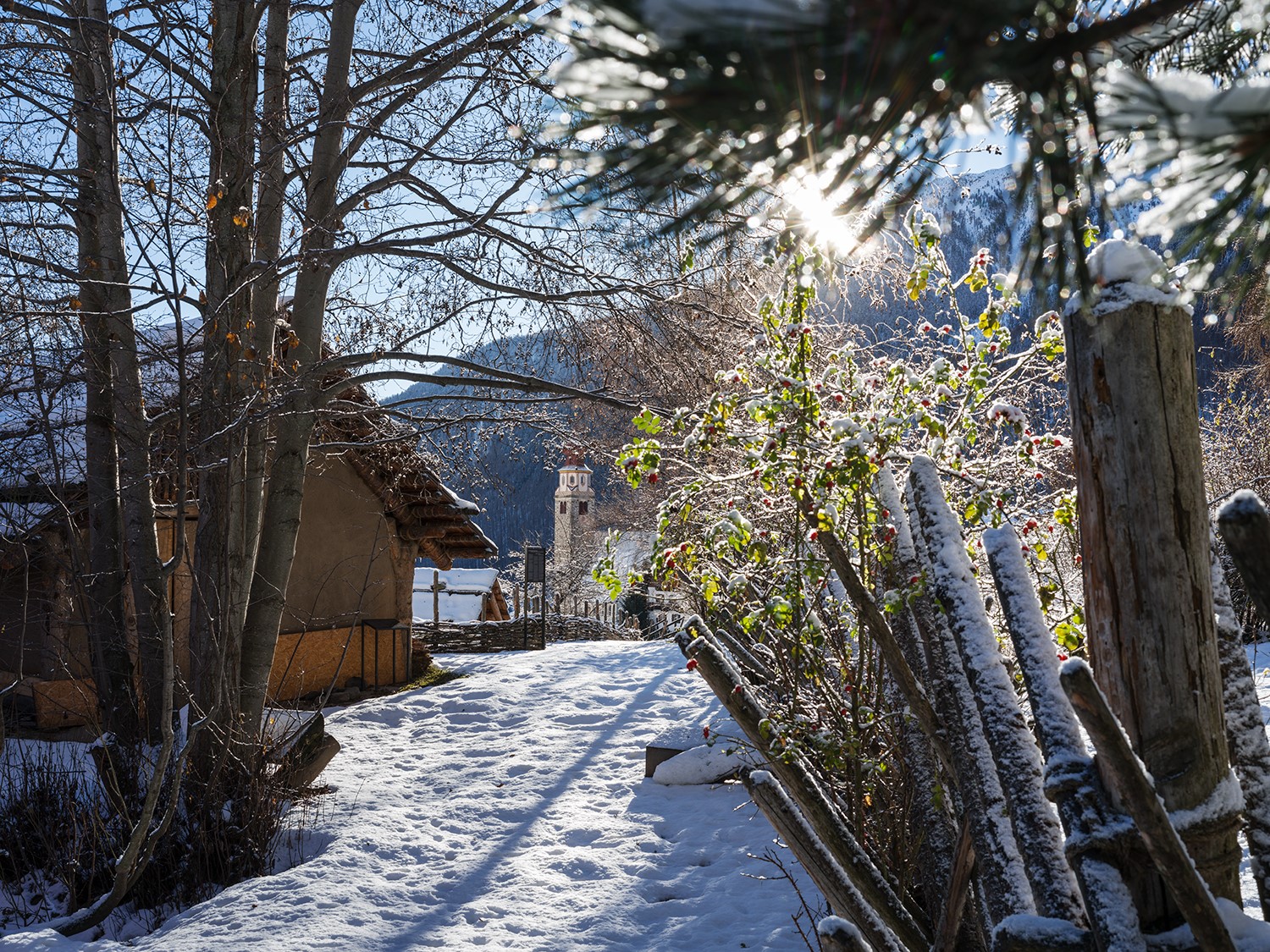
Visit the archeoParc in winter
-
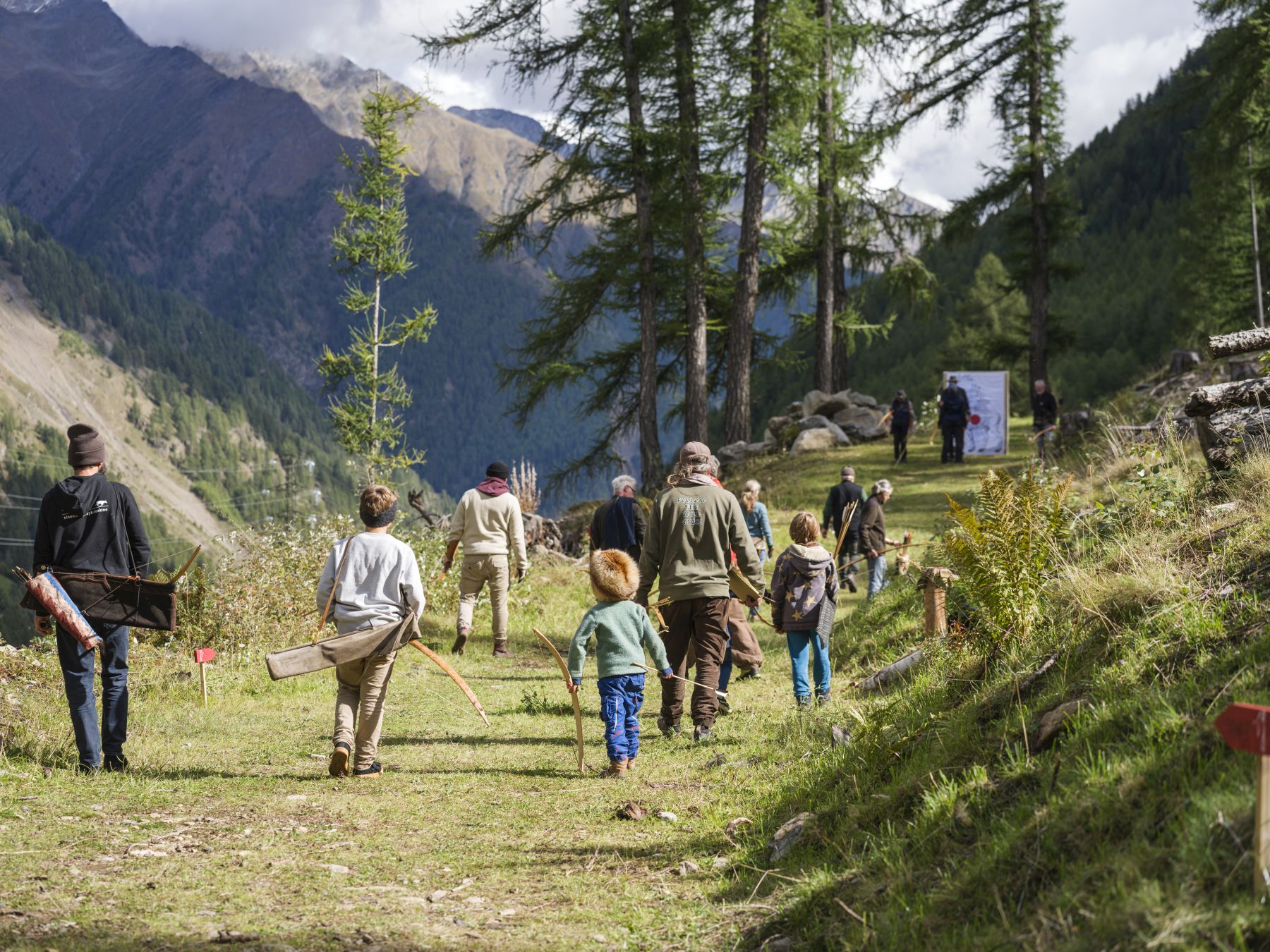
A look back at the 12th European championship for Prehistoric Weapons at the archeoParc in Val Senales
-
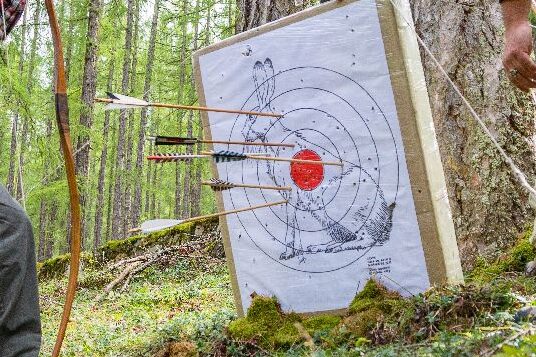
Prehistoric Weapons European Championship Val Senales 2024
-
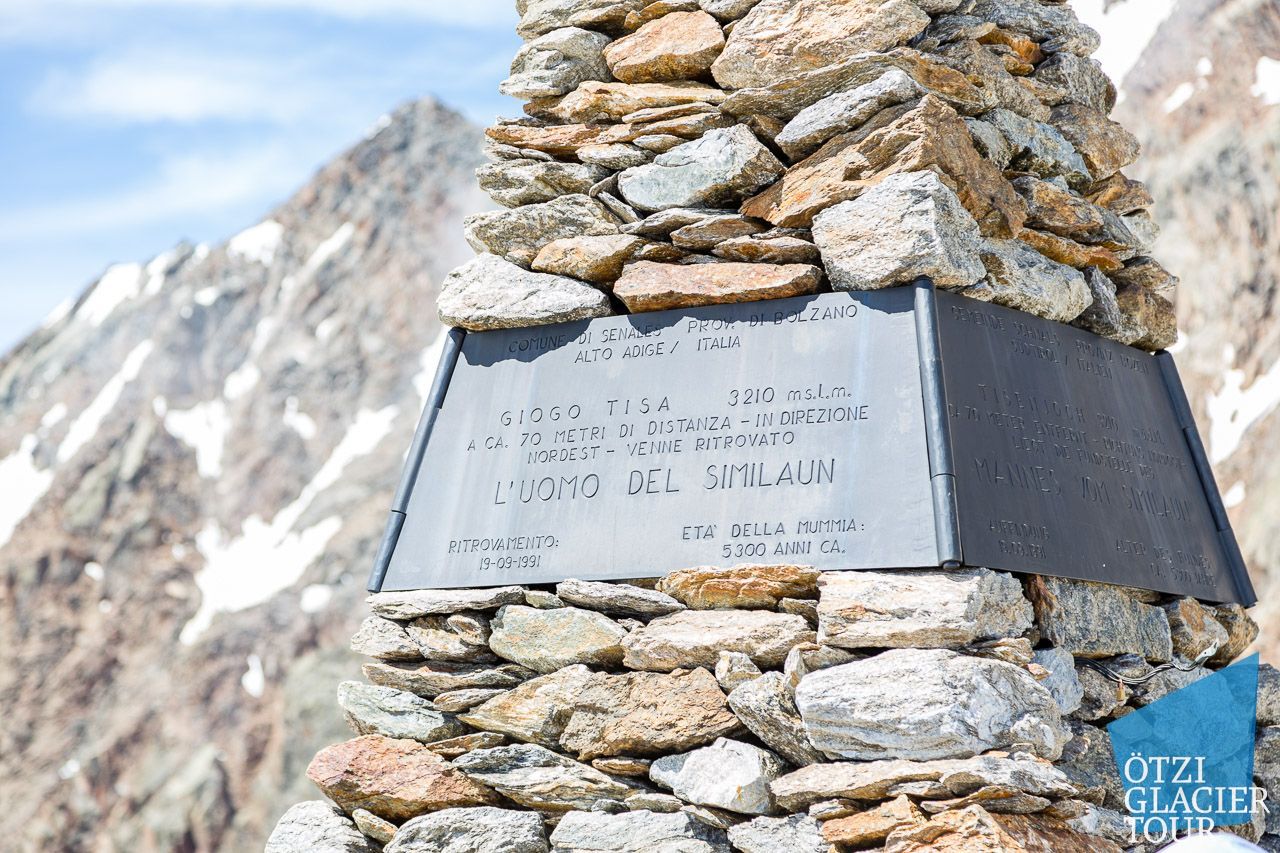
Ötzi Glacier Tours in the period 9 – 19 September
-
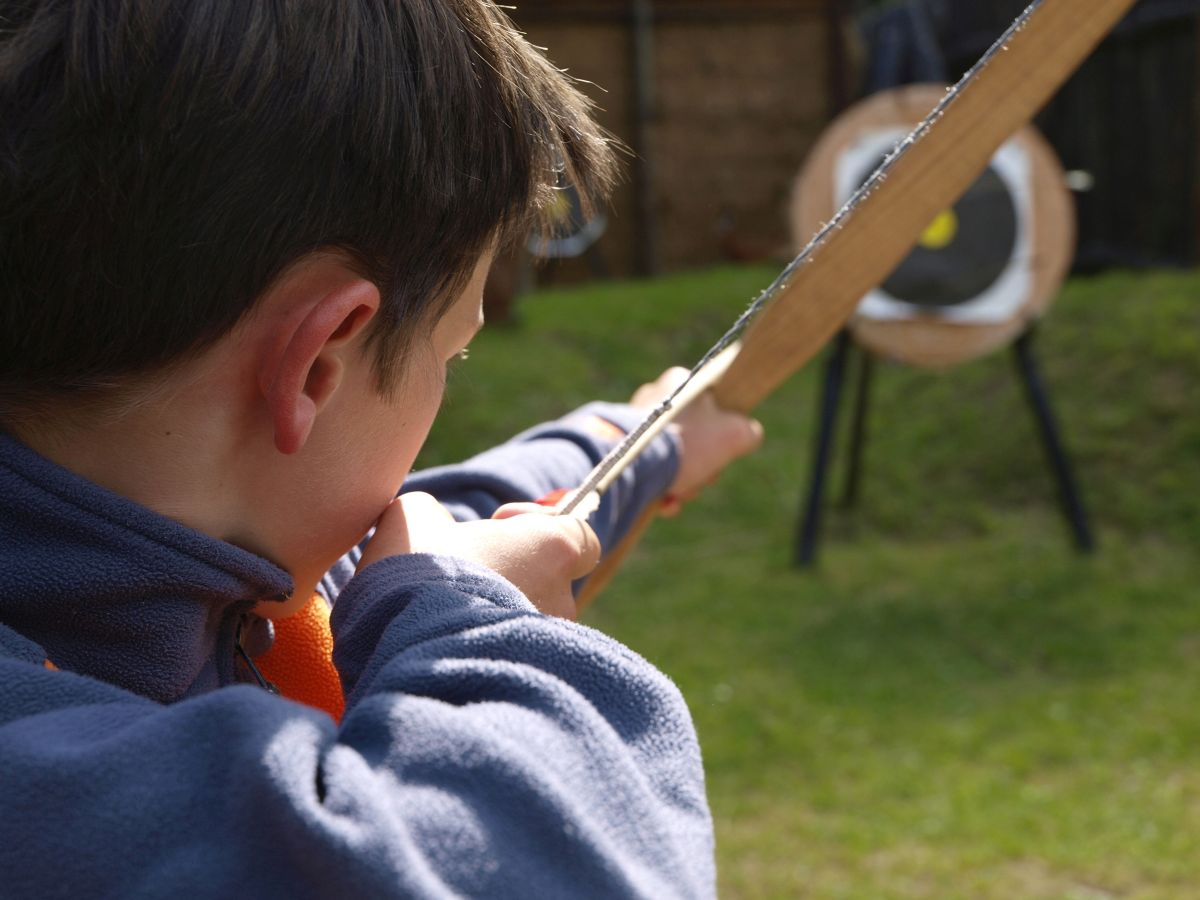
All to the museum with the museumobil Card…
-
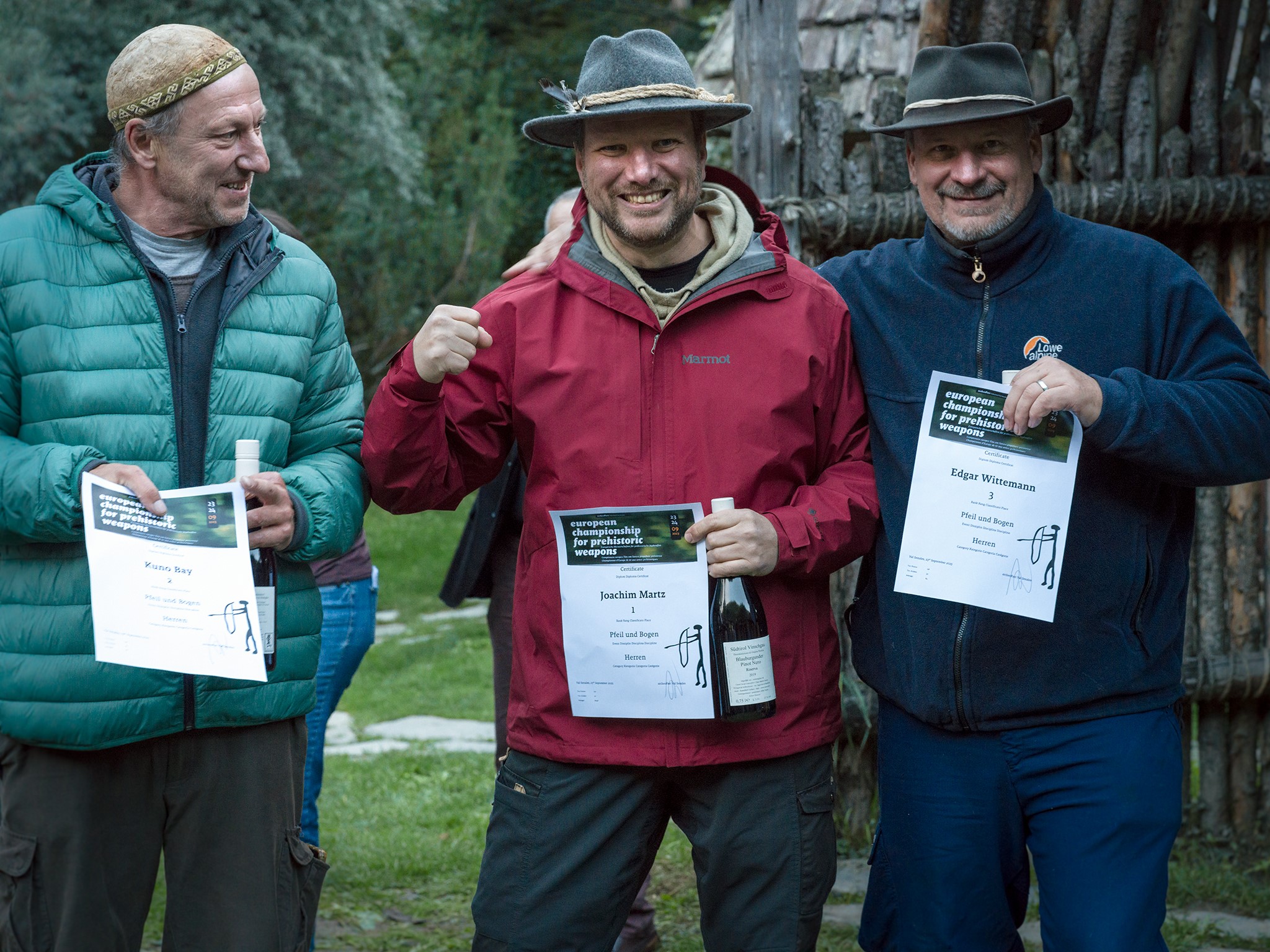
Here are the winners of this year’s contest!
-
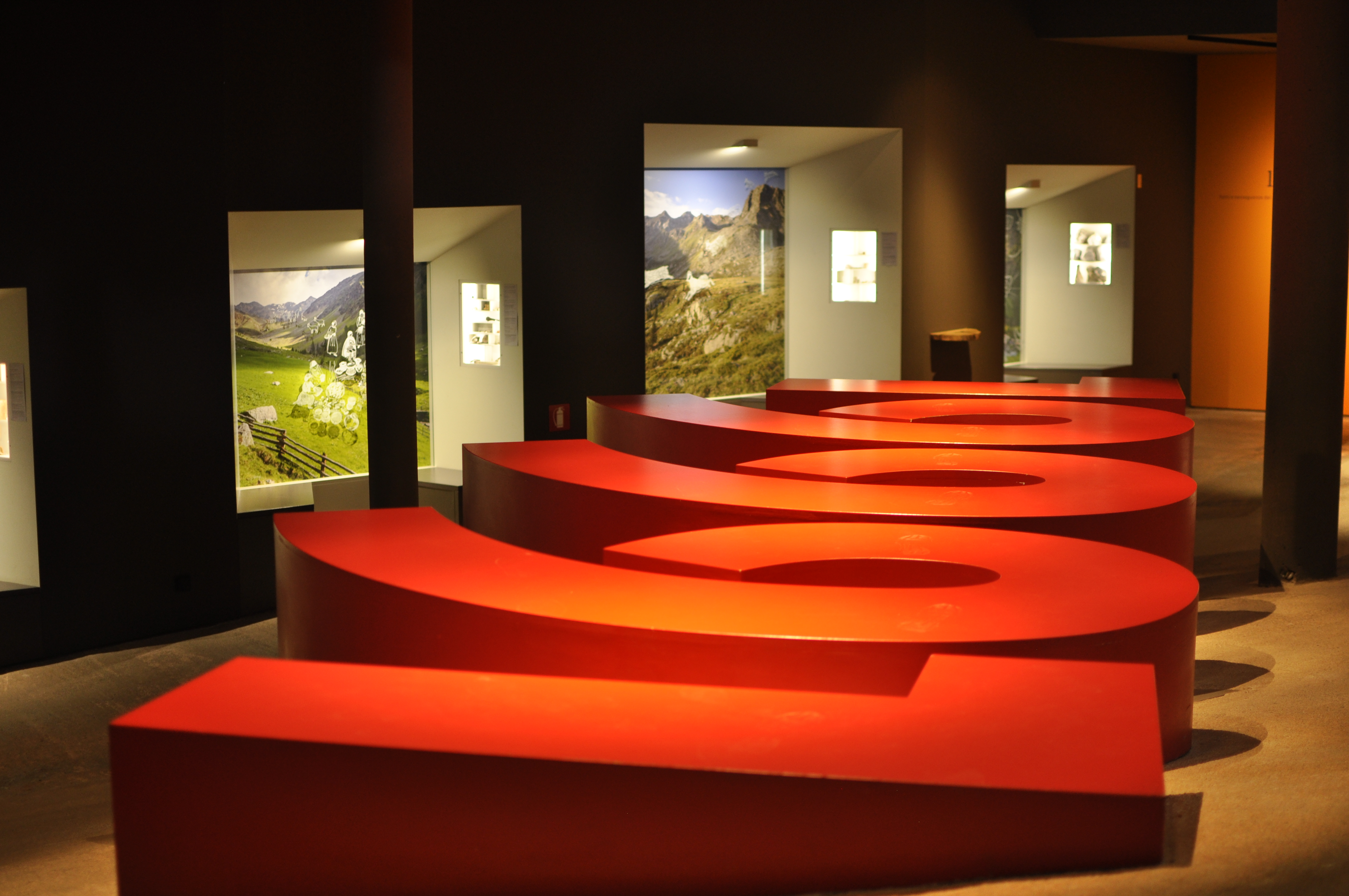
We are celebrating Ötzi’s “birthday”
-

Visitor’s book August 2023
-

European Prehistoric Championships and World Atlatl Competition 2023
-
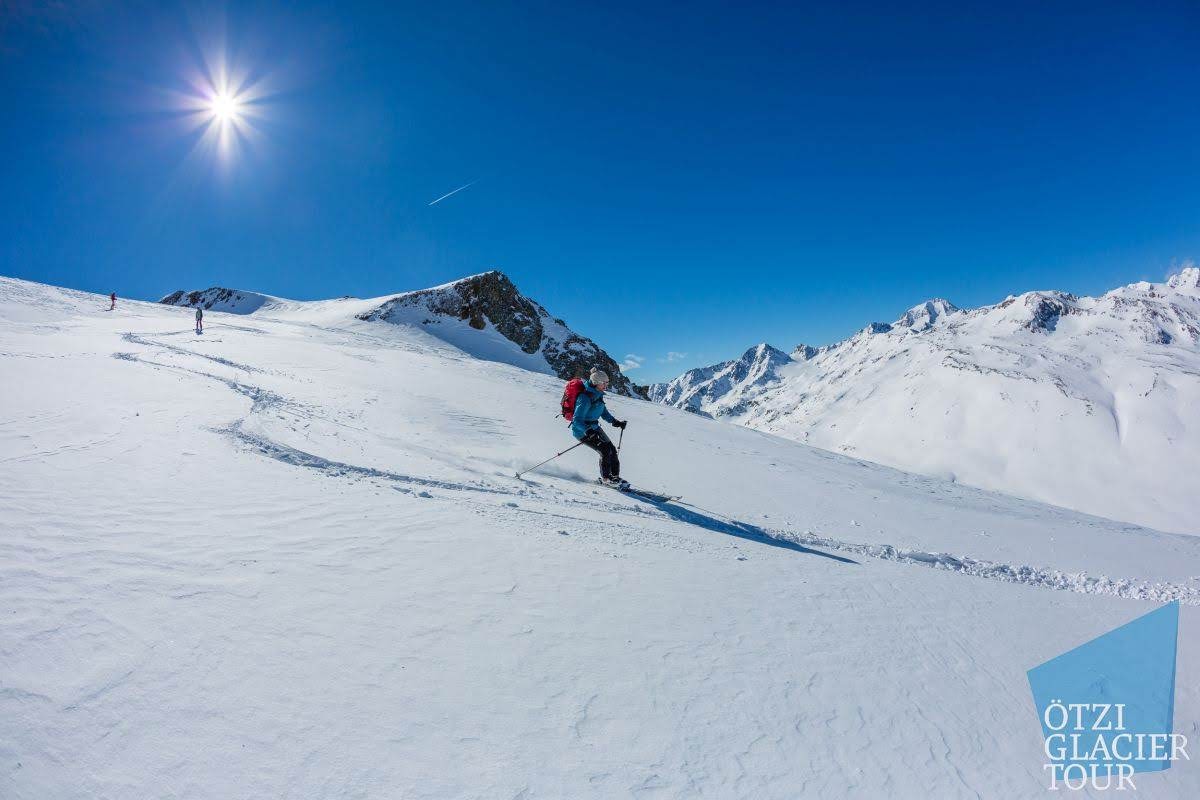
Reach the discovery site of Ötzi, the Iceman in winter
-

Call for papers Experimental Archeology Conference 2023
-

Visitor’s book October 2022
-
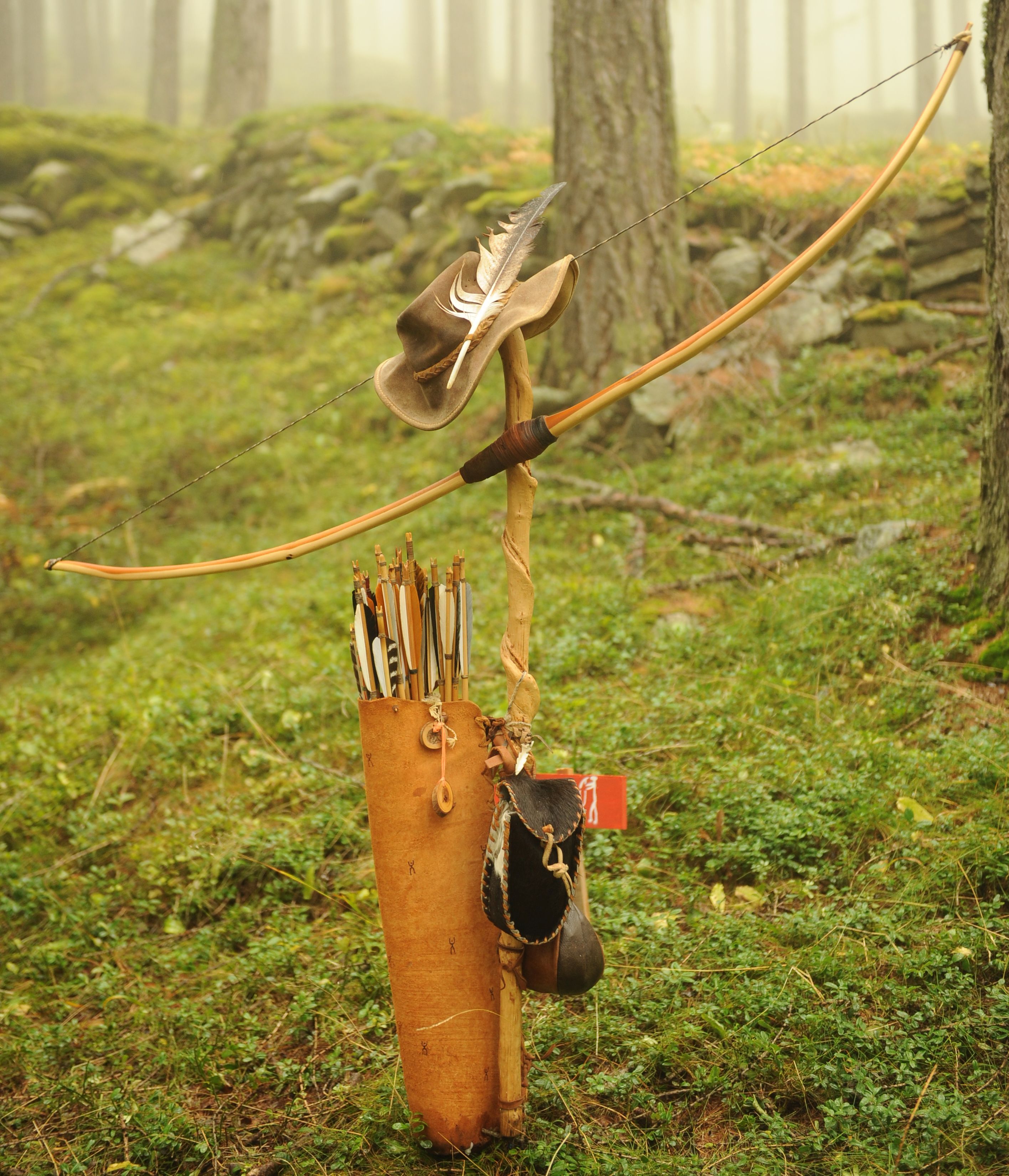
And the winner of the 10th tournament in val Senales valley is…
-

Visitor’s book September 2022
-
22-einladung-turnier
-

Visitor’s book August 2022
-
22-besuch-willandra-australien